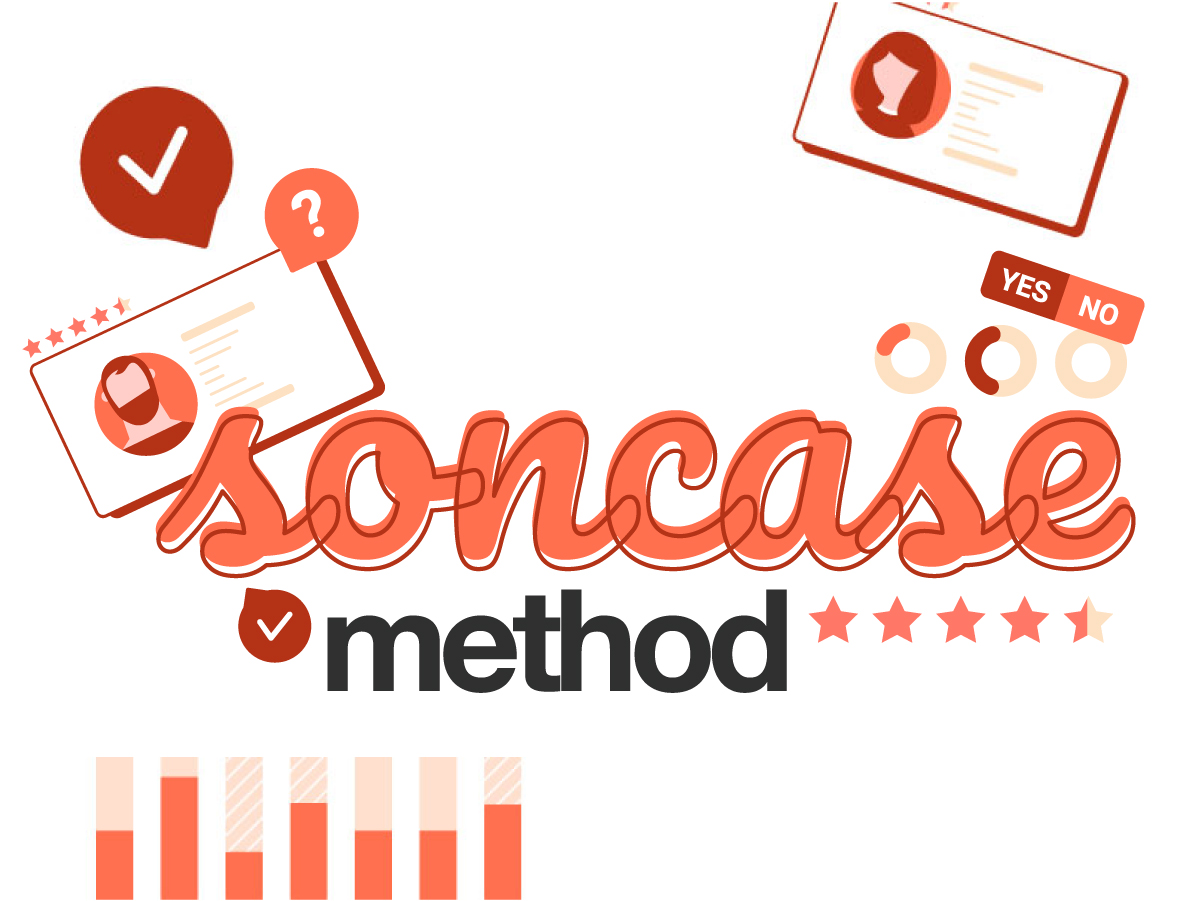The SONCAS Method: Understanding Your Client to Sell Better!
June 5, 2022


SONCAS : 6 letters that refer to a method of commercial approach recognized to convince and boost sales. This sales technique is based on a typology of customer profiles: S for Security , O for Pride , N for Novelty , C for Comfort , A for Money and S for Sympathy .
The objective is to identify the motivations of purchase , or motives for purchase , that is to say the reasons which push your potential customer to buy your product or your service.
What is the exact definition of the SONCAS method and how to put it into practice? Are there tools to optimise your customer relationship and thus maximise your sales?
The point in this article.
The SONCAS method is a commercial sales technique aimed at removing the various purchasing barriers for customers by:
These are the first letters of these different needs that make up the acronym SONCAS :
This psychological approach of the sale intervenes in particular at the time of the stage of sale corresponding to the identification of the needs of the customer , with the phase of discovery .
The goal?
Thanks to the SONCAS method, you structure and facilitate the commercial negotiation during the sales meeting , whether physical or telephone, by:
Like other sales techniques, such as the SIMAC method , SONCAS has many advantages and can be used to increase the performance of your sales teams.
You also like: Https //www.microsoft.com/link code – Sign In Xbox Instructions
SONCAS(E) typology: 7 letters for 7 purchasing motives
Safety is one of the basic needs, right after the physiological needs of Maslow’s pyramid .
Here, the customer is looking for guarantees and zero risk : the product or service he covets must not jeopardise his safety.
Note that this need for security can also be an asset, since fear sells. The insurance sector is a good example of this phenomenon.
A proud prospect needs to feel privileged , “above”. For him, money is not an obstacle, because what matters is access to products or services that not everyone can afford.
In short, he pays attention to the brands he consumes and seeks to take pride in them .
Novelty is an essential commercial vector: it awakens the customer’s desire for change and piques his curiosity. In other words, the latter wants to feel pioneering, and fashionable.
Note that this can be coupled with pride: not everyone can afford the youngest of a brand (an iPhone for example, to name but one). Owners of a new product can then have the feeling of rising above the “mass” who do not yet have it in their possession.
This type of profile is quite resistant to change and does not want to be pushed around in their daily habits. This is why he is looking for an optimal product that is easy to handle.
Also note that this comfort can be psychological (quick familiarisation with software, for example) or physical (geographical proximity to the seller).
In this case, your interlocutor is looking above all for the good quality/price ratio of the product or service. He wants to take advantage of a good deal , and the profitability of his purchase comes first.
Be careful, money can be both a brake (price too high) or a purchase motivation (interesting offer, promotion).
Some prospects remain very sensitive to the sympathy of a seller. It can therefore be a determining factor in the sale, and a way to differentiate yourself from the competition.
In a world where considerations related to sustainable development are increasingly taken into account in consumer choice, the “environment” or “ecology” dimension of SONCASE is an additional commercial argument .
Take the example of buying a house. By the way check out Sofi’s first time home buyer’s guide.
To conclude the sale , the salesperson must identify the profile of his future client and ask the right questions :
NB Practice active listening by noting and reformulating what your prospect is saying.
Examples of arguments to put forward according to the profile of the prospect:
